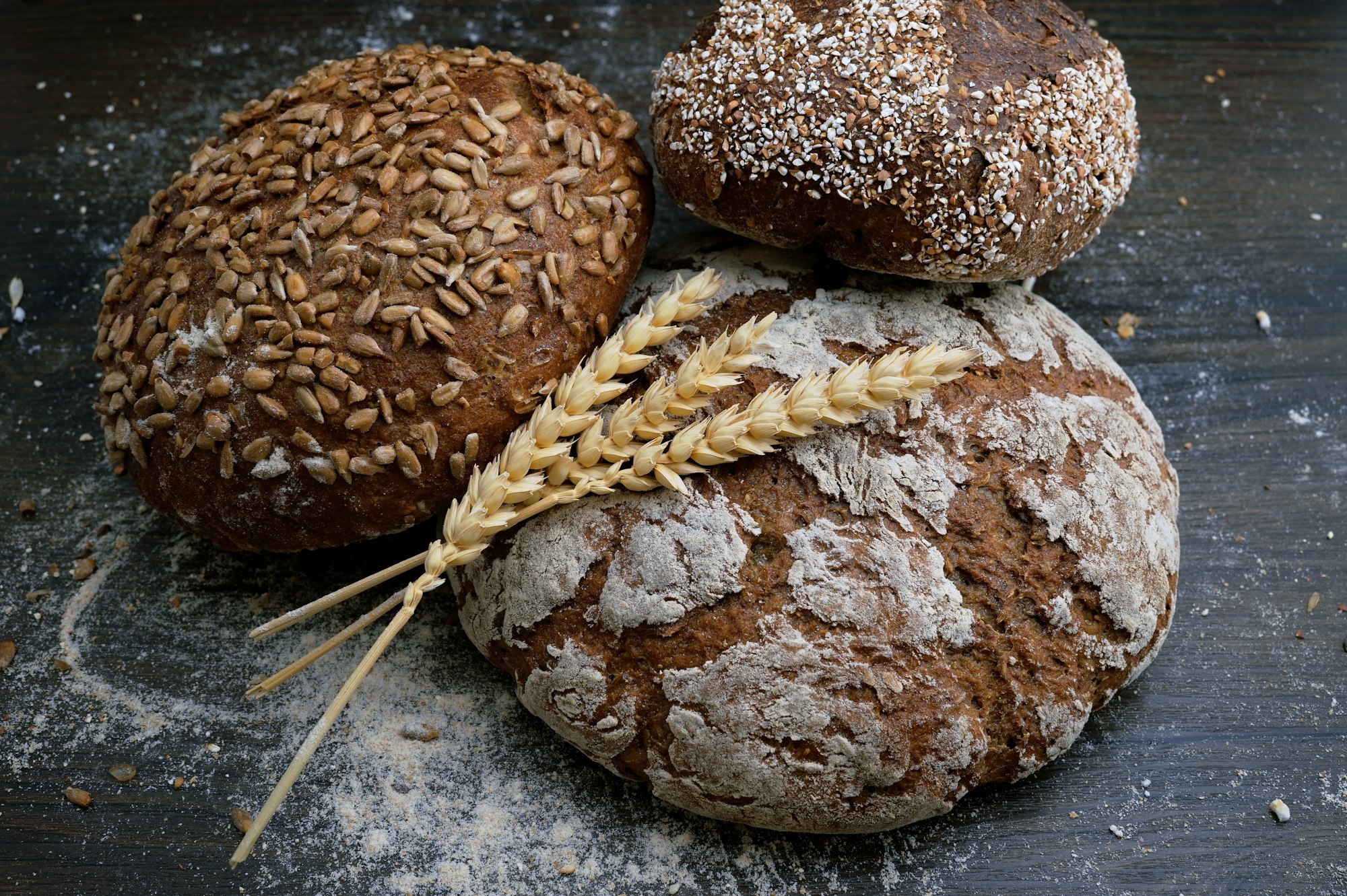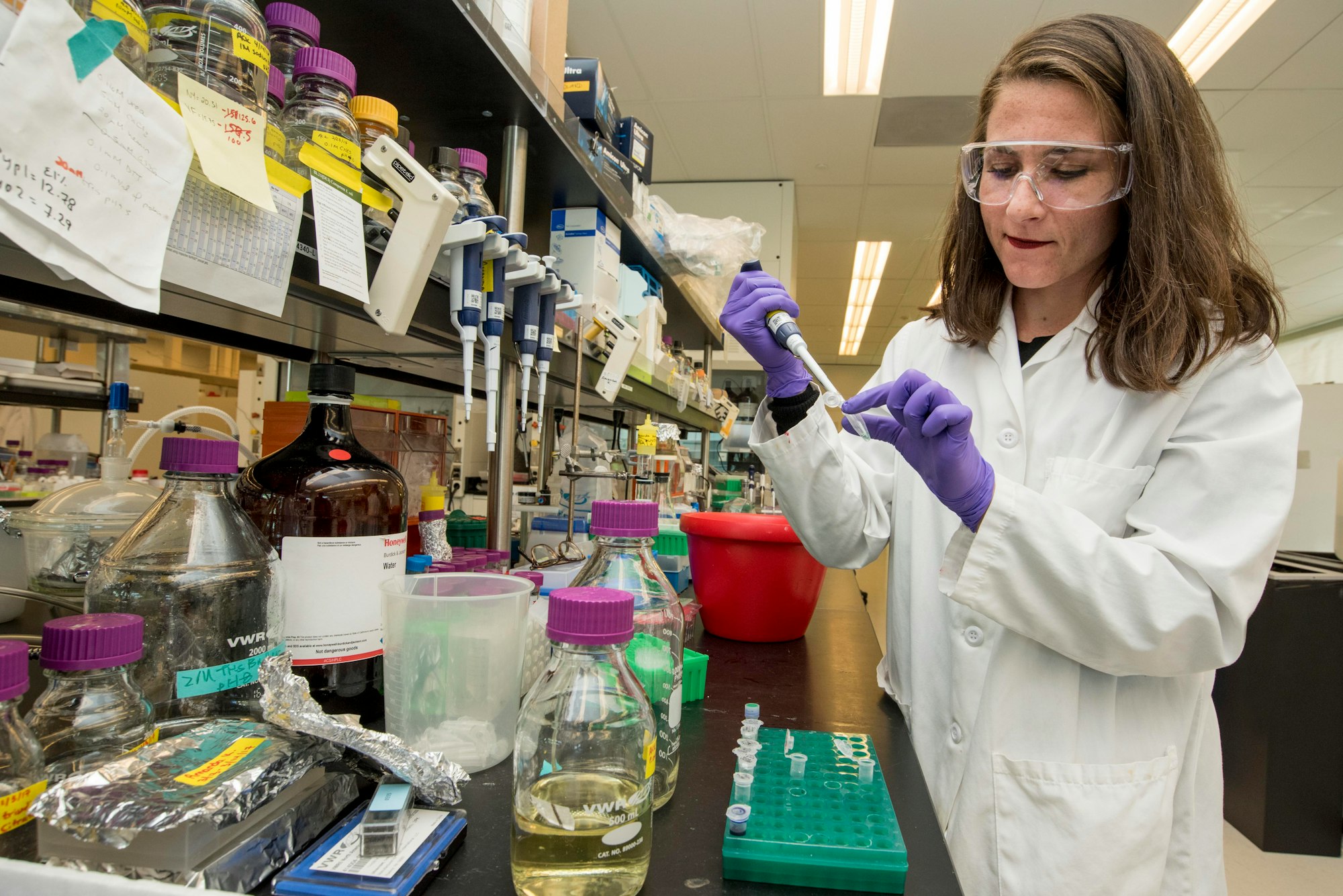Biological Molecules
An Overview
Wondering what makes you come to life? There are four important chemicals made majorly from Carbon, Hydrogen, Oxygen that are known as the chemicals of life!
The 4 ‘Chemicals’
Carbohydrates

Carbohydrates are the body’s main source of energy. They contain the elements Carbon, Hydrogen and Oxygen.
They come in two kinds:
- Simple sugar (Monosaccharide) are the simplest forms of carbohydrates.
- Complex sugar (Disaccharide and Polysaccharide)
Simple sugar (Monosaccharide):
Simple sugars can provide a lot of energy for immediate usage. However, they contain no other useful nutrients. Example : Glucose
Complex sugar (Disaccharide and Polysaccharide):
They are good sources of energy. The body can easily store this form of energy for rapid use in future.
- Animal cells store complex sugars in the form of glycogen.
- Plant cells store complex sugars in the form of Starch.
Example :
- Disaccharide: Maltose
- Polysaccharide: Starch, Glycogen
Foods containing carbohydrates: Bread, Root vegetables, potatoes, pasta, milk
- As mentioned above, energy from carbohydrates is converted into glycogen and is stored in the liver and in our muscles.
- When energy is needed, the body changes the glycogen into glucose which is used by the body during aerobic respiration.
- If a lot of carbohydrate is eaten, it will be stored as fat.
Fats

Fats are used for energy but only when carbohydrate supplies run low.
They contain the elements Carbon, Hydrogen and Oxygen
Their simplest forms are fatty acids and glycerol
There are two types of fat:
- Saturated Fat: These are usually found in foods such as milk, butter, cheese and meat.
- Unsaturated Fat: These usually found in foods such as fish oils, cooking oils and vegetable oils.
Saturated fats are converted to cholesterol by the liver.
There are two types of cholesterol:
- HDL (High Density Lipids): Must be in greater amounts as it is beneficial and good
- LDL (Low Density Lipids): Must be in controlled amounts or else the person may get infected with Coronary Heart Disease.
For this reason, no more than 10% of your energy should come from eating saturated fats.
If the percentage level of saturated fats in your diet increases, fat deposits begin to build up inside blood arteries, making them stiffer, less elastic, and narrower.
When this particularly happens in the coronary artery that supplies oxygen to the heart, very less oxygen is supplied to it, decreasing it’s performance and increasing the risk of coronary heart disease. This usually results in a blood clot and a heart attack.
Eating too much of fat leads to obesity, coronary heart disease and diabetes.
Function of Fats:
- Needed to keep us warm
- Stored in the adipose tissue, which can break the fats if the body’s carbohydrate stores get exhausted
- The Adipose tissue is needed to insulate our body
Proteins

- Proteins are used to generate energy only when the body has exhausted it’s store of fat and carbohydrates.
- Proteins are very important for the body. Our muscles and other tissues, Haemoglobin, fibrin, keratin, collagen, DNA, enzymes etc. are all made up of proteins.
- The proteins you eat are broken down into amino acids, and are used by the body to build and repair cells and to make blood cells.
- Proteins are made by the synthesis of amino acids in the ribosomes of cells.
- Carbon, Hydrogen, Oxygen, Nitrogen and a bit of Sulphur is what amino acid molecules contain.
- Food containing proteins are: Eggs, Fish etc.
- Kwashiorkor is characterized by a protruding abdomen due to lack of proteins.
Water:

The body is majorly composed of water. Approximately 60% of adult’s weight is composed of water (80% of child’s weight). It is vitally important that you drink enough water. Dehydration can seriously damage performance of body.
Utilisation of water:
water is used in our body for a vast number of reasons. Here are some listed below:
- It is an important solvent
- It is needed for carrying out metabolic processes
- It is beneficial in excreting waste body products such as urea
- It can cool our body down significantly by releasing sweat
- It is needed for enzymes to dissolve in it
- It is the major part of blood plasma
The Tests:
This section focuses particularly on the tests to detect the presence of the chemicals of life.
Testing for Carbohydrates
There is a simple test for carbohydrates: Just add benedict’s solution to the food and heat it up! However, to give you a detailed description, please scroll your eyes below!
- Cut or grind a piece of the food to be tested.
- Add some water to the food and try to dissolve it in a test tube.
- Add some Benedict’s solution to the test tube (which is blue as it contains copper salts).
- Heat the test tube till 80 degrees celsius.
- Observe the colour change from blue to brick-red (Blue to Green to Yellow to Orange and ultimately Brick-red)
Safety precaution: Use a water bath to heat the test tube
Test for Starch
- Put a small piece of food on a white tile (so that colour change can be noticed)
- Add a drop of iodine solution on the food
- Notice the colour to change to blue-black
Testing for Fats
Fats don’t dissolve in water and thus, ethanol needs to be added.
- Chop and grind small amount of food to be tested
- Add the food in a clean test tube
- Pour some pure ethanol on it
- Shake it to dissolve
- Take another test tube and add some distilled water in it
- Pour the liquid part, into the second test tube
- A milky appearance proves that the food contains fat
Testing for Proteins
- Put the food into a test tube
- Add a little water
- Add some potassium hydroxide solution
- Add two drops of copper sulphate solution
- Shake the tube gently
- An appearance of a purple colour proves that protein is present.
Energy Calculations:
- 1g of carbohydrates gives 17.1 kJ of energy
- 1g of protein gives 18.2 kJ of energy
- 1g of fat gives 38.9 kJ of energy
This is the end of this guide. Hope you enjoyed it! Thanks for using www.igcsepro.org! We hope you will give us a chance to serve you again! Thank you!
Next Topic

